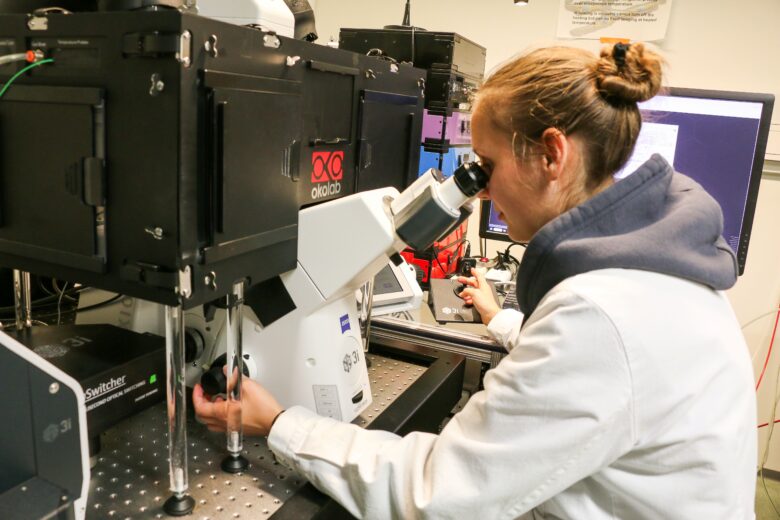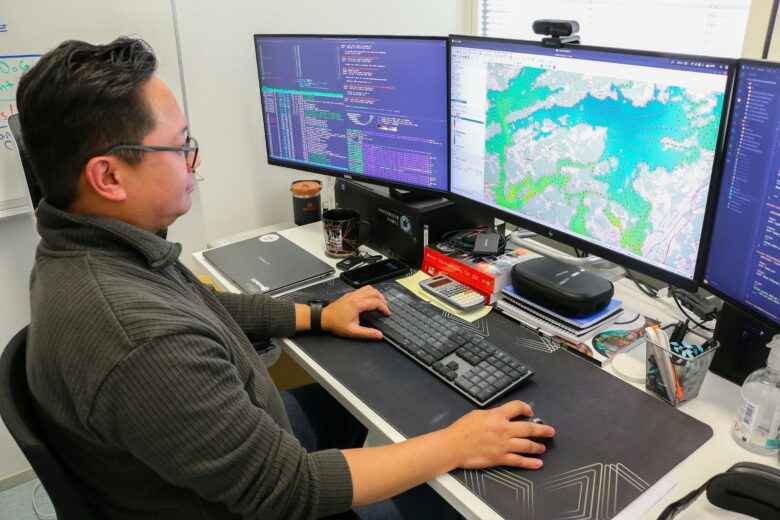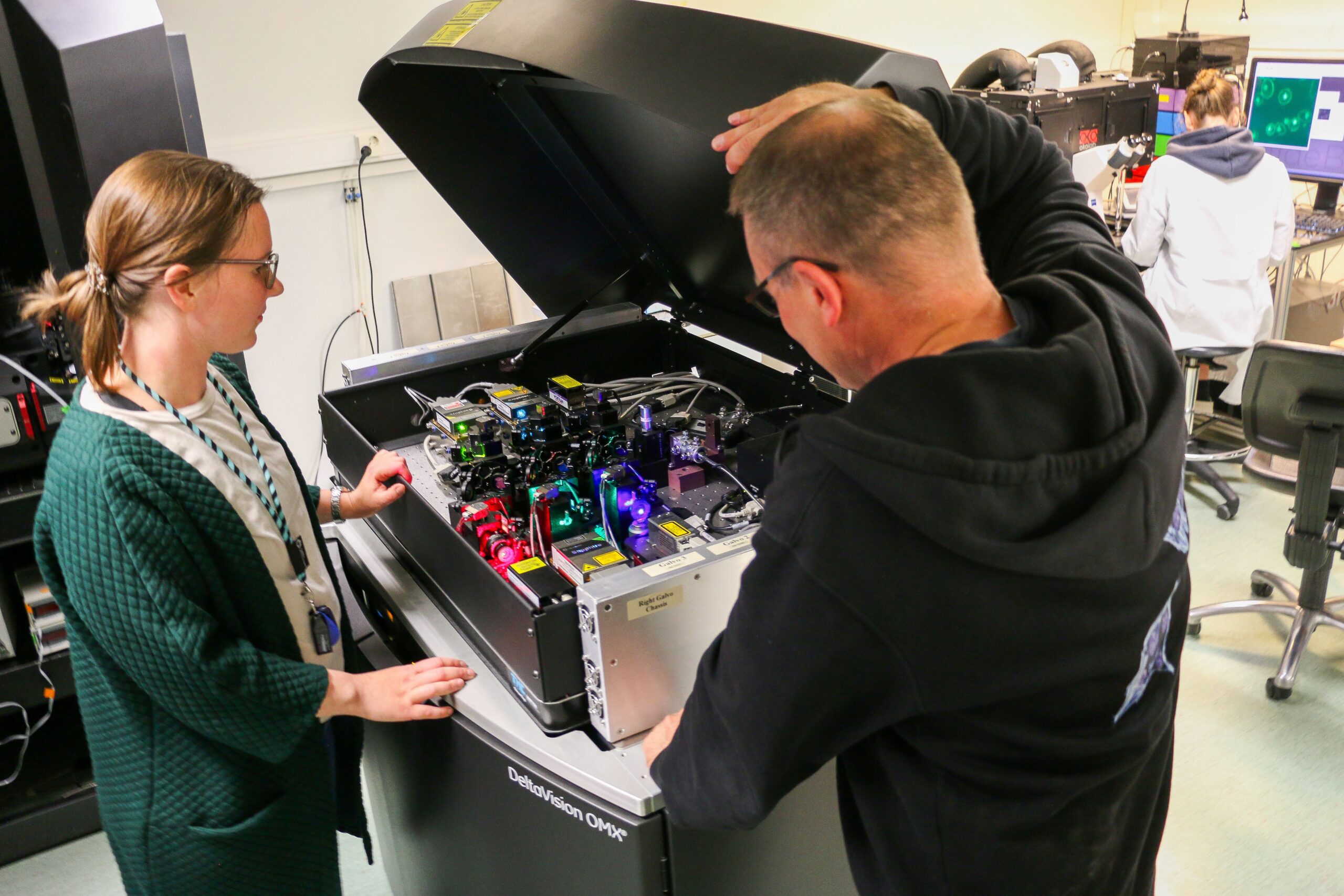Turku is home to world-class expertise and cutting-edge research infrastructure in bioimaging. Pasi Kankaanpää from Turku BioImaging calls for stronger, long-term collaboration between universities and industry to further advance the field.
Bioimaging, that is, biological and biomedical imaging, is one of the most important research approaches in combating for instance cancer, diabetes and infectious diseases.
– Simply put, bioimaging refers to methods that produce images or videos of biological samples. The techniques range from molecular-level imaging to imaging of the entire human body. There are hundreds of different technologies between these two ends of the spectrum, explains Pasi Kankaanpää, Head of Biological Imaging at Turku BioImaging.
He notes that Turku represents virtually the entire spectrum of bioimaging expertise and technologies. In addition, Turku is the only place in Finland with a service unit specialised in the analysis and management of imaging data.

Imaging is a truly multidisciplinary field, requiring expertise from many areas. In Turku, the field brings together specialists from medicine, cell and molecular biology, genetics, information technology, programming, mathematics, statistics, physics and chemistry.
– Professionals from a variety of backgrounds can succeed in imaging. The key is to work collaboratively across disciplines and to make use of other technologies and research infrastructures, Kankaanpää says.
Building Innovation Partnerships
Imaging innovations require broad interdisciplinary collaboration – something that individual researchers or companies may not always have the time or resources for. Turku BioImaging helps different actors work together and find solutions that cross traditional boundaries.
– We have staff dedicated to identifying and advancing interdisciplinary projects. Collaboration between research institutes and companies is a crucial part of that process, Kankaanpää says.
Imaging equipment is extremely expensive and often has a relatively short lifespan. Thus, it is essential to share research infrastructure. Through Euro-BioImaging, researchers and companies can access 110 state-of-the-art imaging technologies across Europe.
In Finland, Euro-BioImaging Finland, led by Kankaanpää, brings together the country’s leading imaging units from seven universities and three university hospitals.
– These infrastructures are managed and developed, and international collaboration is coordinated, from Turku, Kankaanpää says.

Rising Business Interest in Imaging Technologies
Kankaanpää notes that companies ranging from small startups to major pharmaceutical giants are increasingly eager to use imaging technologies. However, he believes there is plenty of room for growth in collaboration between companies and research institutes.
– Research shows that collaboration between companies and universities is a key factor in Finland’s economic growth and long-term prosperity, he adds.
Kankaanpää thinks that the biggest challenge in collaboration is the flow of information between academia and industry. Bioimaging is advancing rapidly, and image analysis has, over the past 15 years, evolved into an independent scientific discipline. While there is a wide range of imaging technologies available, many companies are unaware of the opportunities that modern imaging can offer.
– This challenge is equally present within academia, Kankaanpää says.
He stresses that all innovations ultimately rely on basic research, which must be protected. At the same time, Turku BioImaging aims to invest significantly in collaboration with companies. According to Kankaanpää, Business Turku plays a valuable supporting role in this effort.
– Business Turku brings forth ideas, initiatives, events, and new networking opportunities, he says.

Countless Possibilities
Much has already been accomplished through bioimaging. Kankaanpää notes that, without the collaborative efforts of Turku’s research institutes and companies, many prescription drugs might not have been developed, and some evidence-based treatment guidelines might not have been produced.
Much more is underway. Turku BioImaging is applying for funding for a project that will work with companies and Turku University Hospital to determine how imaging data from different organisations can be shared and analysed collaboratively.
– If we want to teach artificial intelligence to reliably recognise, for example, cancer cells, we need training material, which has not yet been gathered in one place, Kankaanpää says.
Bioimaging methods are also useful in other fields. According to Kankaanpää, the most significant current applications are in marine biology and agriculture.
With Turku BioImaging’s image analyses, researchers can monitor, for example, forest growth, the spread of invasive species, or sea water temperatures across vast areas and over long time periods.
– If you ask about application areas again in five years, the answers will surely be completely different, Kankaanpää says.

What Makes Turku the Imaging Capital of Finland and Europe?
1) Expertise and Infrastructure. Turku offers expertise and technologies across the full spectrum of bioimaging, from the molecular level to whole-body studies. Turku is an international frontrunner in several areas of imaging and image analysis and hosts multiple world-class imaging facilities, such as the Turku PET Centre.
2) Education and Research. The University of Turku and Åbo Akademi University offer an international Master’s Degree Programme in Bioimaging as well as a dedicated research program in the field.
3) Driving Imaging Forward. Turku BioImaging, a joint initiative of the University of Turku and Åbo Akademi University, leads Euro-BioImaging Finland, which brings together Finland’s top expertise in imaging. The international headquarters of Euro-BioImaging, which unites imaging expertise from across Europe, is also located in Turku.
4) Imaging Hub. Euro-BioImaging includes 247 imaging units across 19 European countries. Approximately 11 percent of all imaging activities within Euro-BioImaging’s units take place in Finland, and about one-third of Finland’s imaging activities are carried out in Turku. (Figures from 2023)
Text and Pictures: Heidi Pelander

